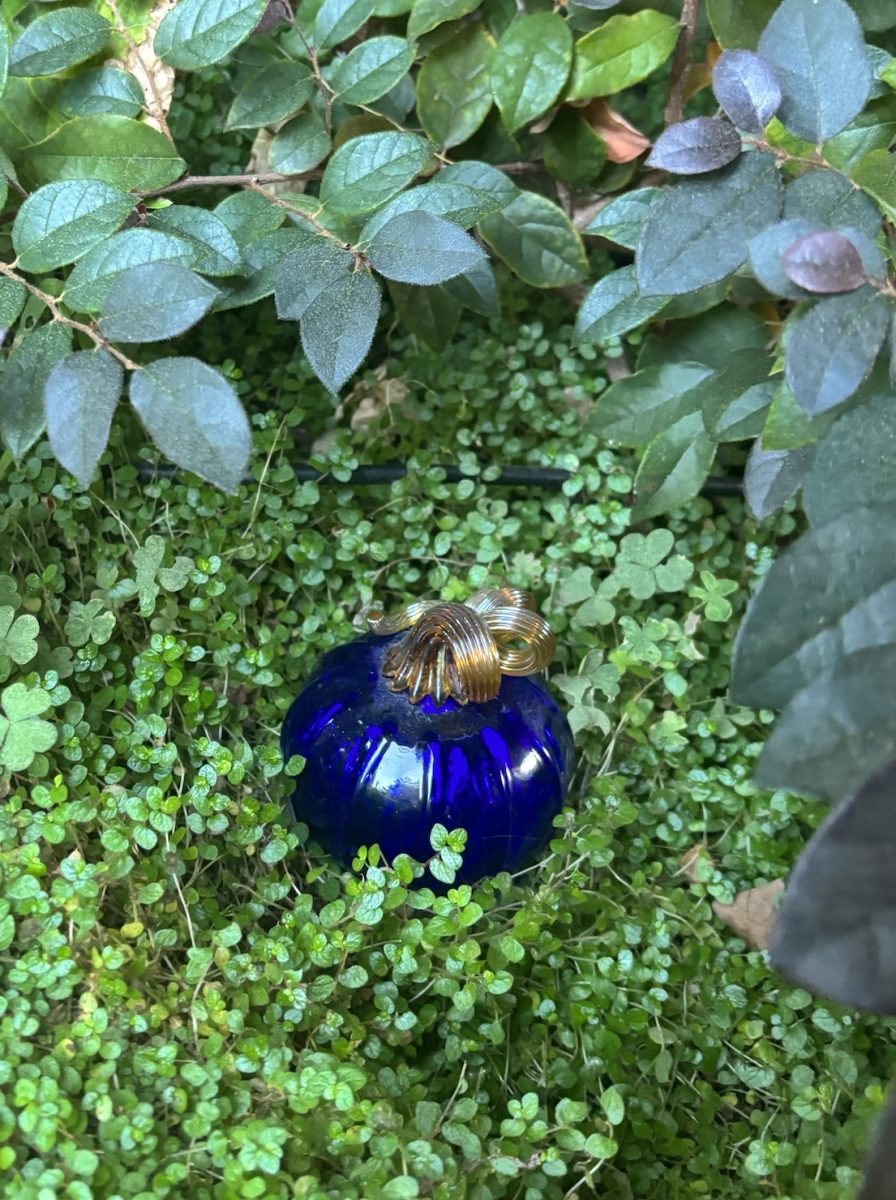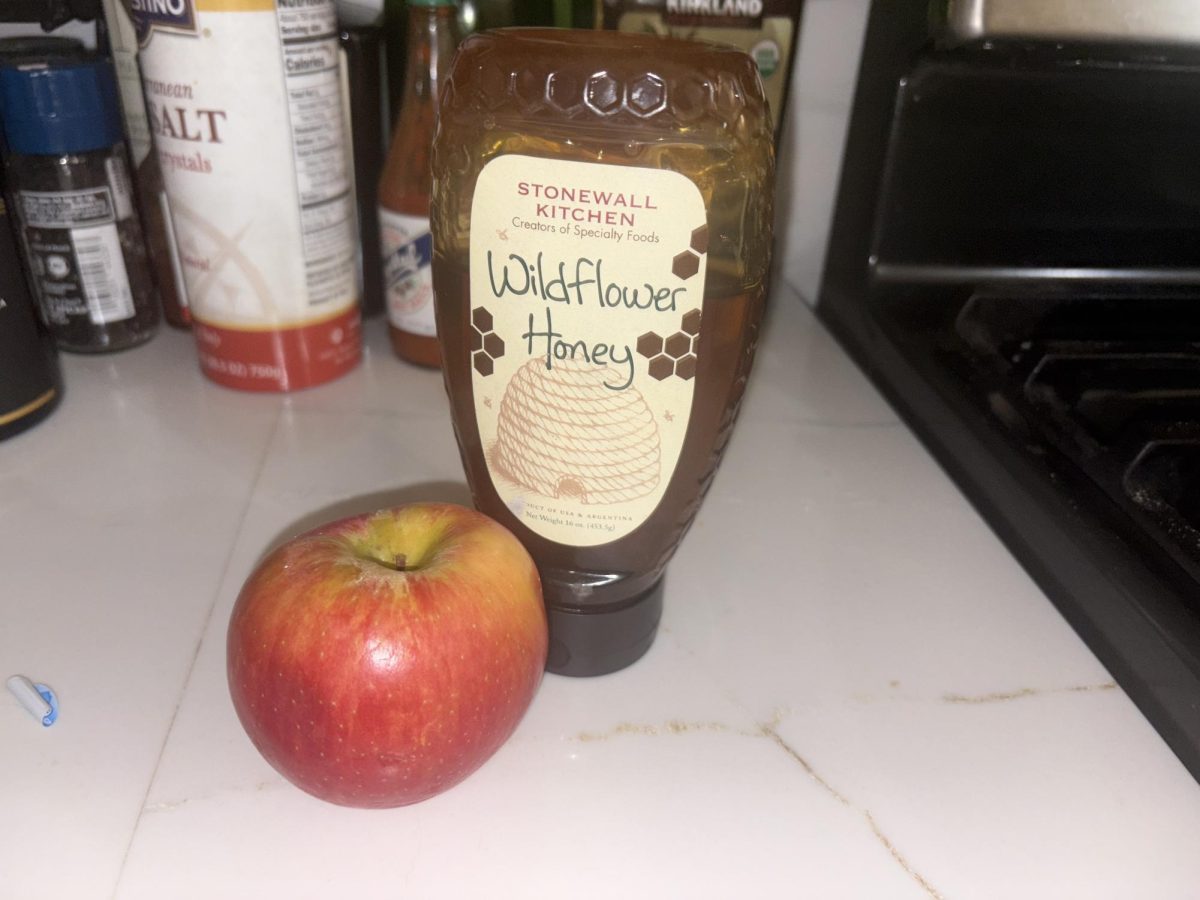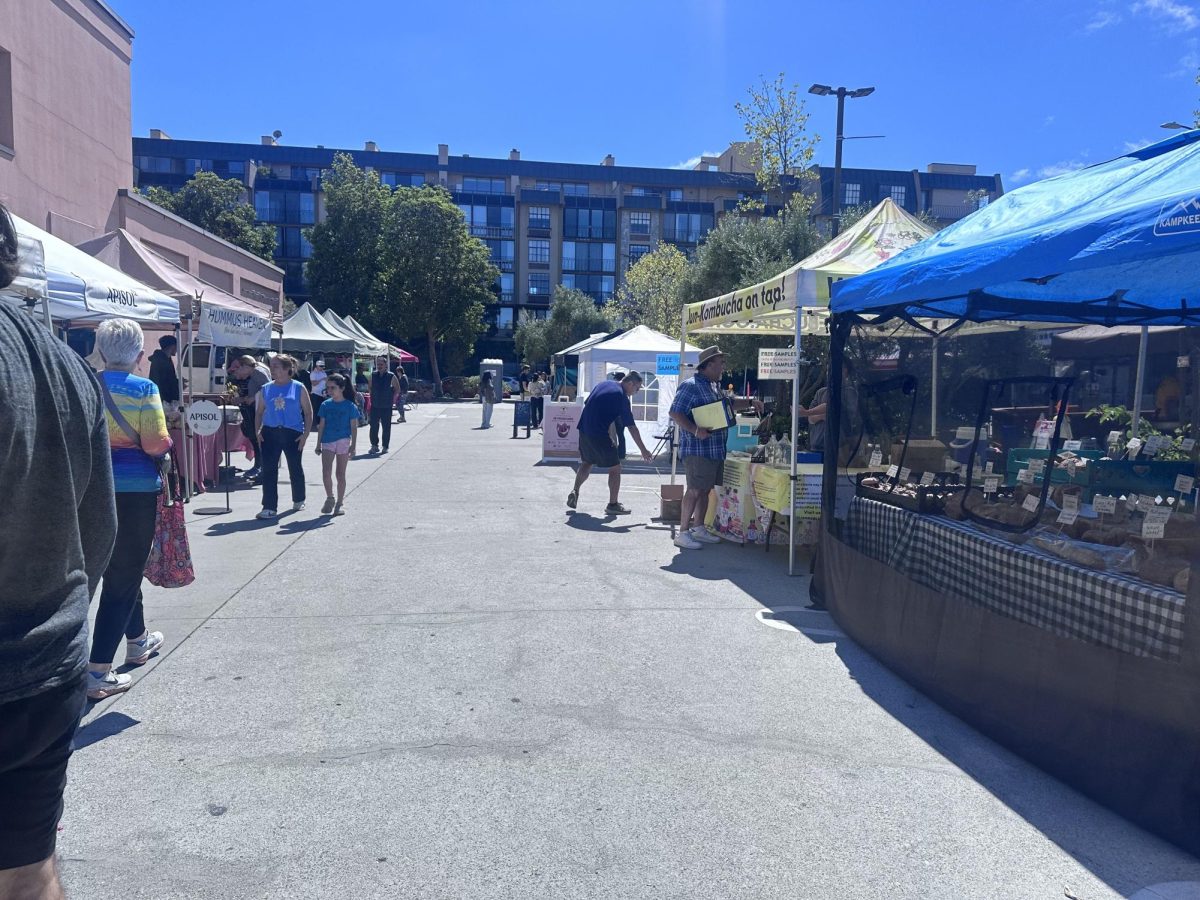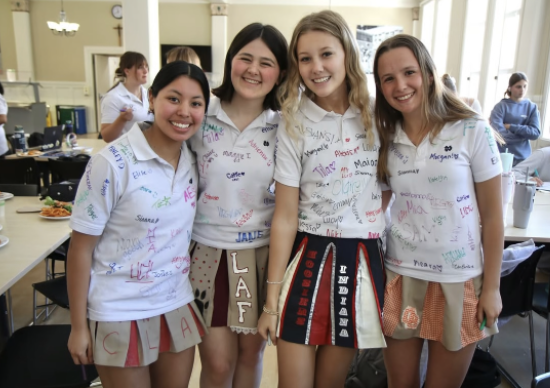For almost everyone, Halloween is a time of pure excitement and joy. Teens have a blast running around with their friends, dressing up, being independent for their parents and most importantly getting the free candy. Adults have the pleasure of handing out candy to kids all around the neighborhood and get to experience the joy of seeing their kids in their costumes. However, adults and teens tend to forget some of the children who are out trick-or-treating are neurotypical; further, some are not even aware of what it means to be neurotypical or neurodivergent.
“Neurotypical describes individuals whose brain development and functioning align with those of their peers. Neurodivergent typically refers to individuals who process information differently from their peers. Individuals identified as Neurodivergent are often on the Autism Spectrum Disorder (ASD),” said Camilla Soto, the EFS moderator (Empowered For Success) at NDB.
One way to recognize that a person around you is neurodivergent, specifically autistic, during Halloween is if they are carrying a blue pumpkin or candy bag. Blue pumpkins have become a way to spread awareness for autism and ASD. Those informed about what the blue pumpkin means will have further insight on how to act around the child, addressing any situations. Children with autism or ASD may have a harder time trick-or-treating than others and it is important to recognize this.
Also, if you notice that someone’s house is decorated with blue pumpkins, it could mean that someone with autism or ASD lives there or that the owners of the house could be familiar with people with autism.
Most importantly the blue pumpkin is a reminder that these kinds and families need an immense amount of kindness, patience, and compassion. Family members of autistic children just want their child to be included during this holiday.










